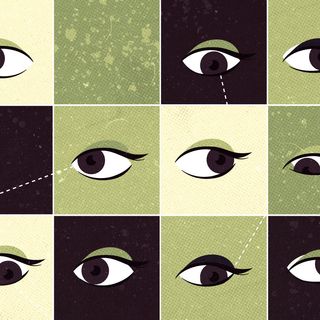The National Aeronautics and Space Administration (NASA) of the U.S. conducted the first-ever all-woman spacewalkon Friday evening.
Astronauts Christina Koch and Jessica Meir carried out the spacewalk together to replace a faulty power unit. The historic event was originally slated for March 29, 2019 and planned to involve Koch and astronaut Anne McClain, but it had to be rescheduled, as both astronauts needed medium-sized spacesuits and the International Space Station (ISS) only had one in supply. At the time, the postponement prompted criticism and discussions around NASA’s inability to account for the needs of multiple female astronauts and the broader ways in which workplaces fail to account for women’s needs beyond tokenism. NASA later clarified that the ISS had more than one medium-sized spacesuit available, but parts of the suit did not fit the astronauts precisely; the agency tweeted, “To clarify, we have more than 1 medium size spacesuit torso aboard, but to stay on schedule with @Space_Station upgrades, it’s safer & faster to change spacewalker assignments than reconfigure spacesuits.” This further prompted criticism regarding the availability, age, and quality of the equipment used in the International Space Station.
McClain was not a part of the recent spacewalk, as she returned to Earth in June.
While the faulty power unit does not threaten the ISS’s stability in any way, it prevents a recently installed lithium-ion battery from providing additional power to the station, according to NASA.
Related on The Swaddle:
Why The Moon’s Cultural Legacy Still Endures
NASA has conducted more than 200 spacewalks since 1998 to ensure maintenance and repairs, conduct experiments, and test new equipment. Of the 500-plus people who have been to space, fewer than 11% have been women, according to The Guardian.
While women have participated in spacewalks before, they have always done so in groups that contained men. On 25 July 1984, Svetlana Savitskaya from the Soviet Union became the first woman to carry out a spacewalk.
NASA also unveiled prototypes of its next-generation, gender-neutral spacesuits, meant for travel to the moon. The suits will fit men and women, allow astronauts to bend, squat and lift their arms above their heads — actions that are impossible in the old-school, bulky spacesuits currently in use. “This is the first suit we’ve designed in about 40 years,” Chris Hansen, a manager at Nasa’s spacesuit design office, told The Guardian. “We want systems that allow our astronauts to be scientists on the surface of the Moon.”




